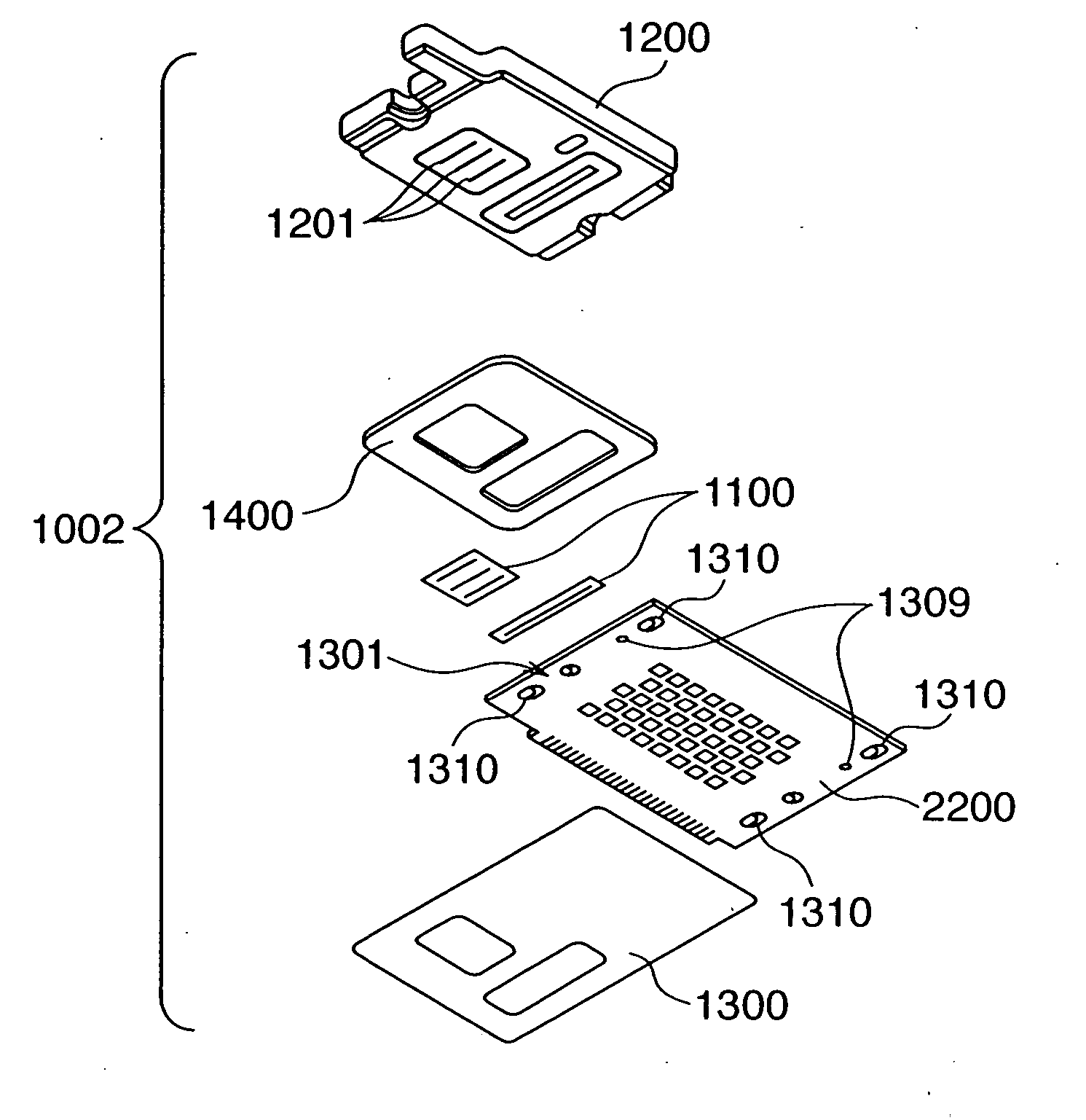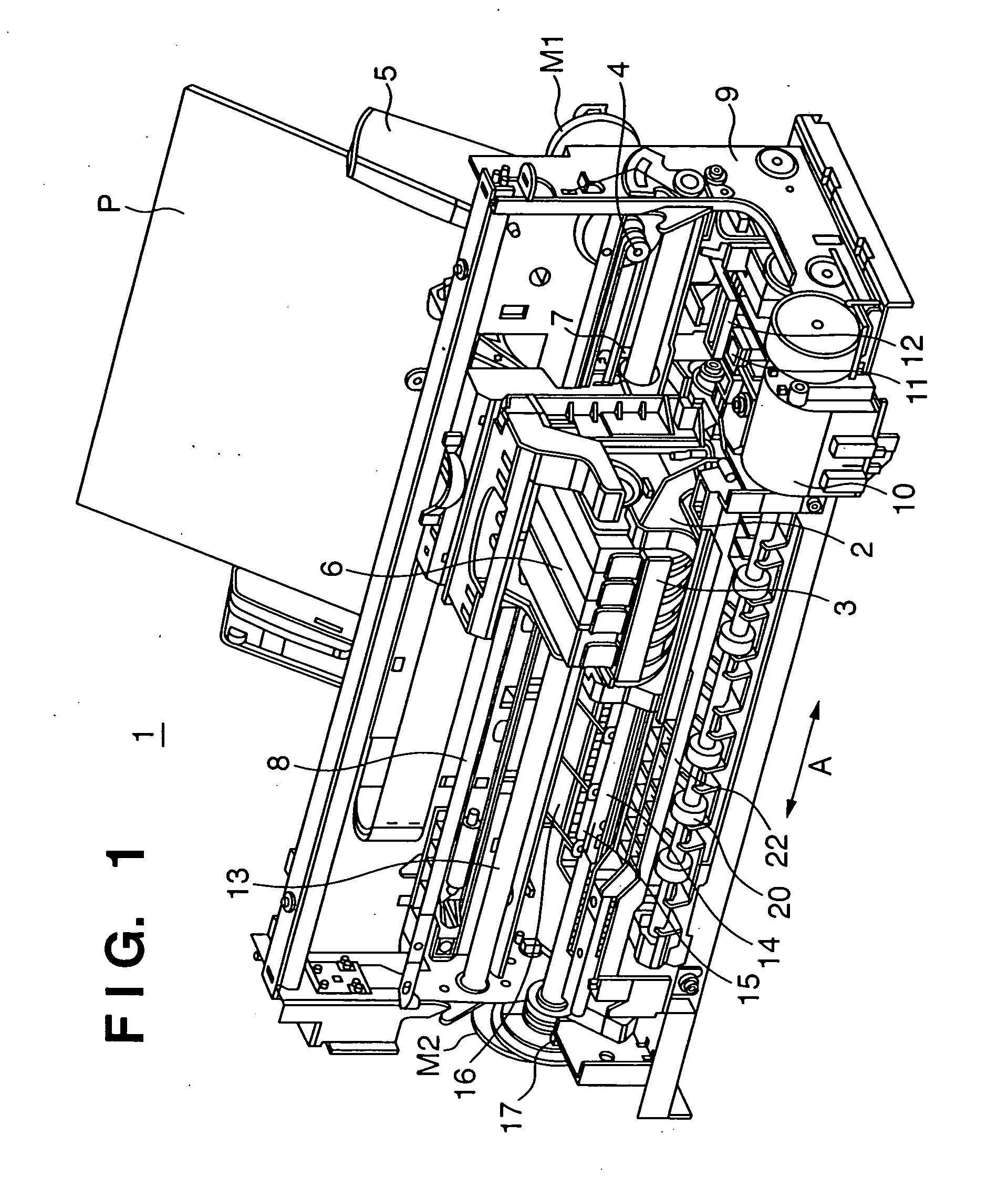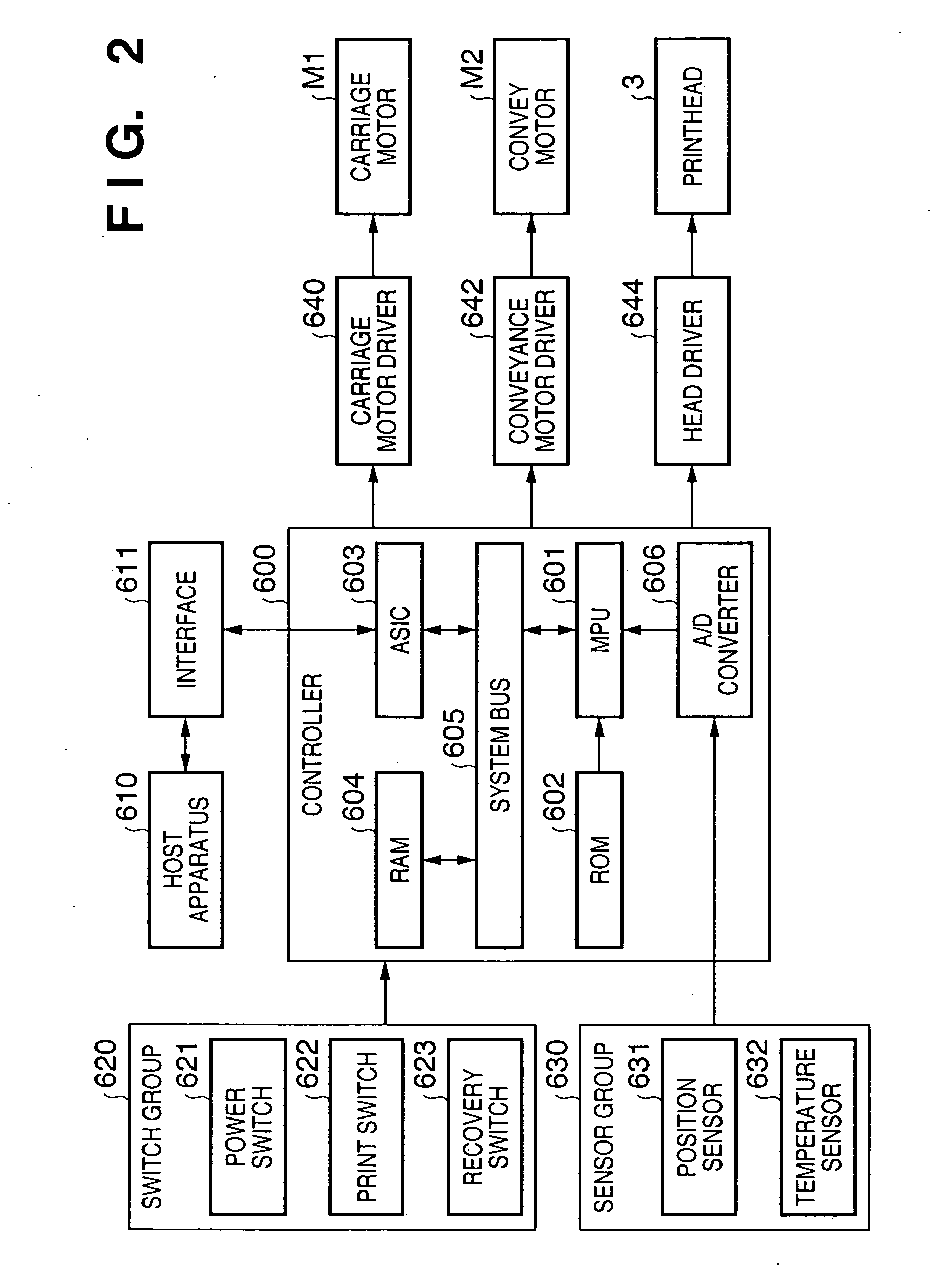Printhead substrate, printhead using the substrate, head cartridge including the printhead, method of driving the printhead, and printing apparatus using the printhead
a printing apparatus and printing substrate technology, applied in printing and other directions, can solve the problems of inability to connect heating resistance elements by traditional electrical connection methods, low running cost of inkjet printing apparatus, and decrease in pitch between electrode pads of heating resistance elements, etc., to achieve excellent printing quality and small power loss
- Summary
- Abstract
- Description
- Claims
- Application Information
AI Technical Summary
Benefits of technology
Problems solved by technology
Method used
Image
Examples
first embodiment
[0179]FIG. 9 is a graph showing the relationship between the ink discharge speed and the voltage applied to both ends of the heating resistance element.
[0180]FIG. 9 represents the ink discharge state in terms of a discharge speed v as a function of a voltage V (energy E) between both ends of a heating resistance element 1103. Since the ink discharge state changes in accordance with the voltage (energy), electrode wiring lines are conventionally individually laid out up to electrode pads for a set of simultaneously driven heating resistance elements on the substrate so that the potential difference between both ends of the heating resistance element falls within a stable discharge range in accordance with the number of simultaneously driven heating resistance elements.
[0181] The range within which ink can be actually stably discharged is the range of a stable region shown in FIG. 9, and this range generally is within ±5% in view of the potential difference between both ends of the ...
second embodiment
[0217]FIG. 17 is a block diagram showing the configurations of an inkjet printhead substrate (to be referred to as a substrate hereinafter) 1100 according to the second embodiment of the present invention, a printhead 3 integrating the substrate, and a part, of a printing apparatus using the printhead, which influences energy applied to a printing element.
[0218] The apparatus main body comprises a power supply which supplies power to the printhead and printing element substrate, and the power supply supplies a predetermined voltage and current to the element substrate.
[0219] A description of a part which is identical to that of a conventional substrate described with reference to FIGS. 27 to 32 will be omitted, and only a characteristic part of the second embodiment to which the present invention is applied will be described.
[0220] In FIG. 17, reference numeral 2101 denotes each printing element (heating resistance element); and 2102, each printing element switching element (drive...
PUM
 Login to View More
Login to View More Abstract
Description
Claims
Application Information
 Login to View More
Login to View More - R&D
- Intellectual Property
- Life Sciences
- Materials
- Tech Scout
- Unparalleled Data Quality
- Higher Quality Content
- 60% Fewer Hallucinations
Browse by: Latest US Patents, China's latest patents, Technical Efficacy Thesaurus, Application Domain, Technology Topic, Popular Technical Reports.
© 2025 PatSnap. All rights reserved.Legal|Privacy policy|Modern Slavery Act Transparency Statement|Sitemap|About US| Contact US: help@patsnap.com



